Veterans Day: Honoring Service by Demanding Higher Standards of Preparation
Veterans Day is not just about remembrance — it is about recognizing the level of performance required when lives depend on decisions made under pressure. Service members operate in environments where reaction time, situational awareness, and decision-making speed are not traits — they are survival mechanisms. Milliseconds are not theoretical. They dictate outcomes. And this is exactly why training the visual-cognitive system matters.
Vision in the Military Is Not Just Eyesight — It’s Interpretation
Most civilians equate “vision” with how clearly someone sees a letter on a chart. The military does not have that luxury. The ability to read, process, and act on visual information in real environments is what drives mission success. Research confirms this. A study comparing active-duty soldiers with trained athletes found that neither physical fitness nor standard visual-skill tests (dynamic visual acuity, multiple-object tracking) predicted performance on reaction-time and go/no-go tasks — the tasks that simulate real cognitive combat demands [1]. In other words: seeing clearly is not enough. Processing speed and decision suppression matter more.
Stress, Fatigue, and Cognitive Load Are the Real Threats
Modern operations rarely happen in controlled conditions. Sleep loss, physical fatigue, environmental chaos, incomplete information — that is reality. A 2022 study observing soldiers during overnight field drills and close-quarters battle exercises showed that sleep deprivation significantly impaired vigilance, response inhibition, and sustained attention — exactly the abilities required to avoid fatal mistakes [2]. Another study found that after a 10 km march carrying 30% body weight, soldiers’ cognitive accuracy dropped by ~20%, even when reaction time didn’t slow [3]. This means: the soldier continued to respond quickly — but made more wrong decisions. Speed without accuracy is not performance. It is risk.
The Modern Battlefield Moves Faster Than the Human Baseline
Technology has changed pace:
Drones and UAVs require precise tracking of fast-moving targets
Optical aids and night-vision devices alter focal strategies
Multi-stream digital environments overload working memory
UAV and cyber operations require rapid pattern recognition speeds
Military psychology and cognitive performance research now consistently shows that vigilance, psychomotor speed, and visual-tracking precision degrade under stress and fatigue [4]. This is not hypothetical — it is measurable. This is why cognitive and perceptual readiness is now being prioritized at the federal research level. MIT Lincoln Laboratory’s current work on portable brain-health assessment systems for service members — including eye-tracking, balance, and neurocognitive screening — exists for this exact reason [5]. The military is acknowledging what athletes have understood for decades. Your brain is your real equipment.
Why Ares Elite Sports Vision Exists
At Ares, we train:
Reaction time and decision speed
Peripheral and situational awareness
Visual tracking in motion
Cognitive control under stress
Action selection and action inhibition
Working memory under dynamic sensory load
We don’t replace physical preparation. We upgrade the perceptual-cognitive engine that controls every physical action.
This is training for the real conditions:
Fatigue. Chaos. Pressure. Uncertainty. Movement. Threat.
This is not theory.
It is measurable. Trainable. Repeatable.
And — most importantly — transferable to real operational performance.
Veterans Day Means Accountability
If we say we value the people who serve — then we have an obligation to prepare the next generation to perform at a higher cognitive level than the conflicts before them. Veterans Day is a reminder that the stakes are real. It calls us to elevate readiness, not admire tradition. To improve preparation, not romanticize sacrifice. To honor service by increasing the advantage of those who carry the responsibility next. Because the world moves fast. And the mission demands faster.
References
[1] Emck, C., et al. (2022). Military-specific Reaction Time Performance and its Relationship to Ocular-motor and Physical Fitness Variables. Frontiers in Psychology. https://pmc.ncbi.nlm.nih.gov/articles/PMC9441139
[2] Nguyen, J., et al. (2022). Sleep Deprivation Impairs Vigilance and Cognitive Control in Realistic Close Quarter Battle Training. Frontiers in Psychology. https://www.frontiersin.org/articles/10.3389/fpsyg.2022.925157/full
[3] Lieberman, H. R., et al. (2017). Cognitive Effects of Physical Load in Soldiers. Nutritional Neuroscience / Military Performance Division. https://pmc.ncbi.nlm.nih.gov/articles/PMC5327876
[4] Walsh, J., et al. (2023). Monitoring Cognitive Function in the Fatigued Warfighter. Journal of Science and Medicine in Sport. https://www.sciencedirect.com/science/article/pii/S1440244023000798
[5] MIT Lincoln Laboratory (2025). New Technologies for Rapid Brain-Health Assessment in Military Personnel. https://news.mit.edu/2025/new-technologies-tackle-brain-health-assessment-for-military-0825
